Mercedes-Maybach: behold the majesty of the ultimate limousine
The Mercedes-Maybach is built around the needs and comfort of its back-seat passengers. Happily, if you’re stuck behind the wheel, the experience is still one to savour
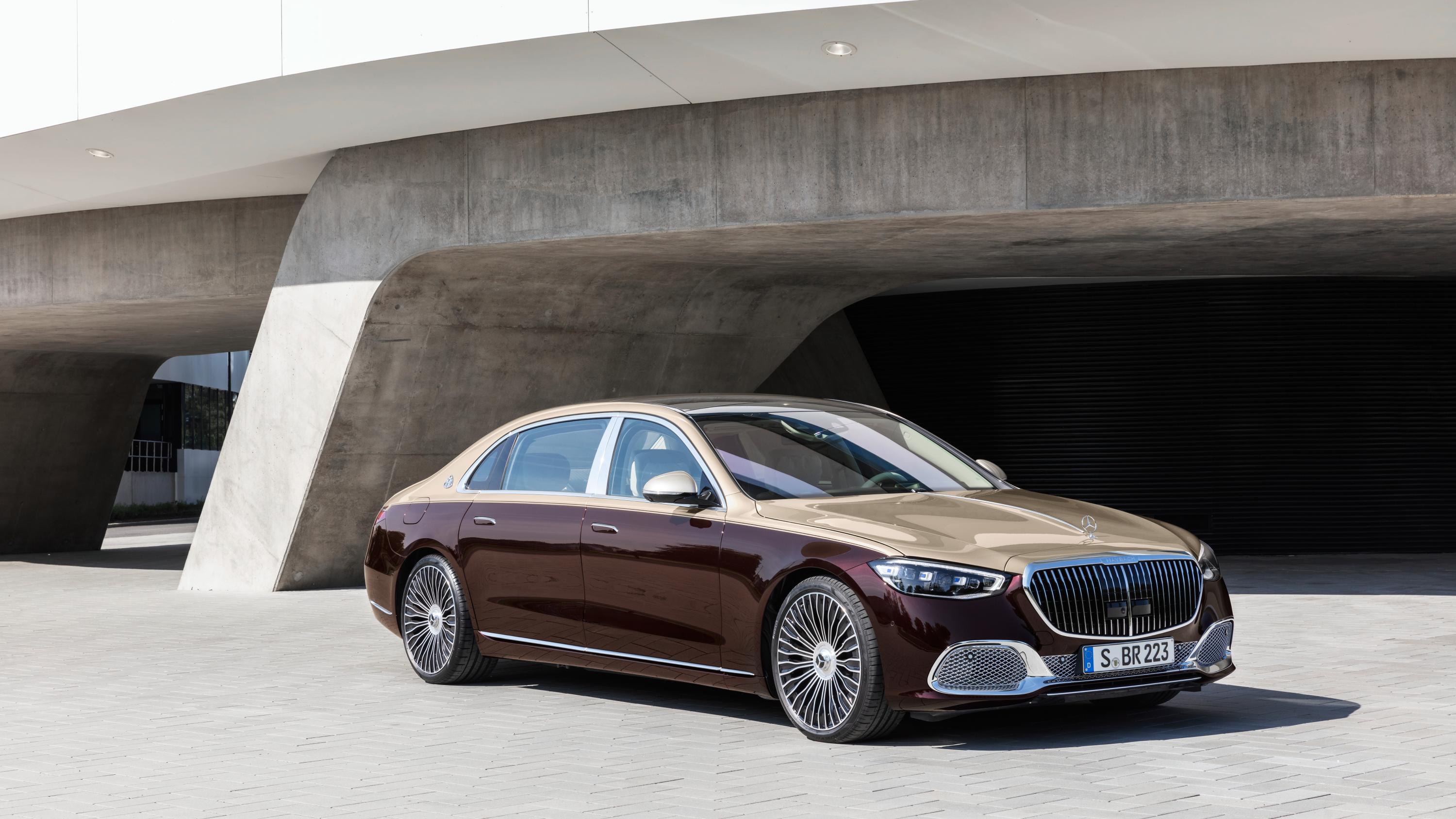
Mercedes-Maybach occupies a rarefied spot at the top end of Mercedes’ massive range of passenger cars. This is the realm of ultra-luxury, where the focus is on being driven, not driving, directing our focus to the Maybach’s capacious rear seats.
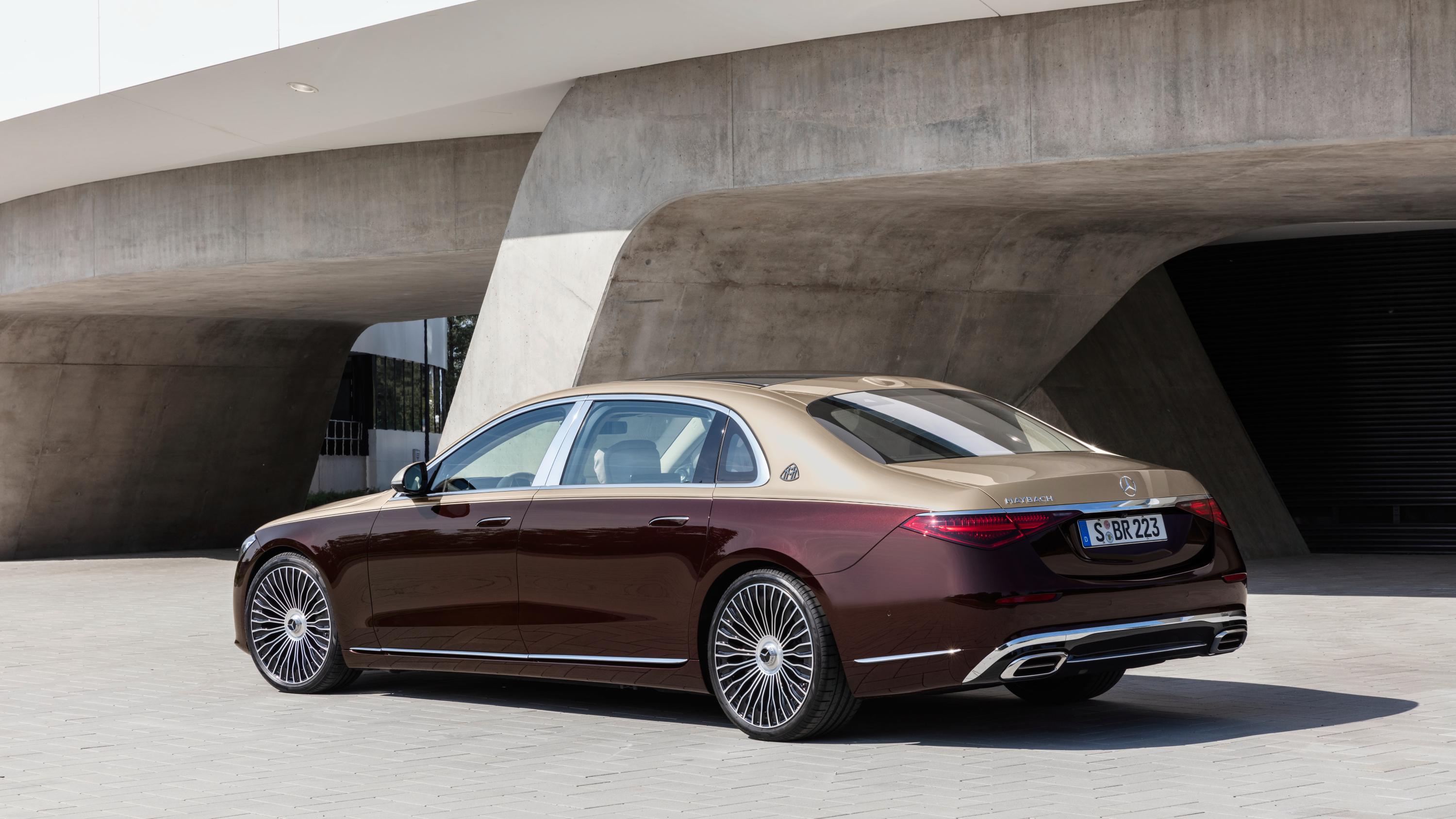
We’ll get to that upper-class accommodation later, because the driver is hardly skimping on sybaritic supplements.
As its looks suggest, the Mercedes-Maybach is essentially an S-Class that’s been taken aside and given deportment lessons.
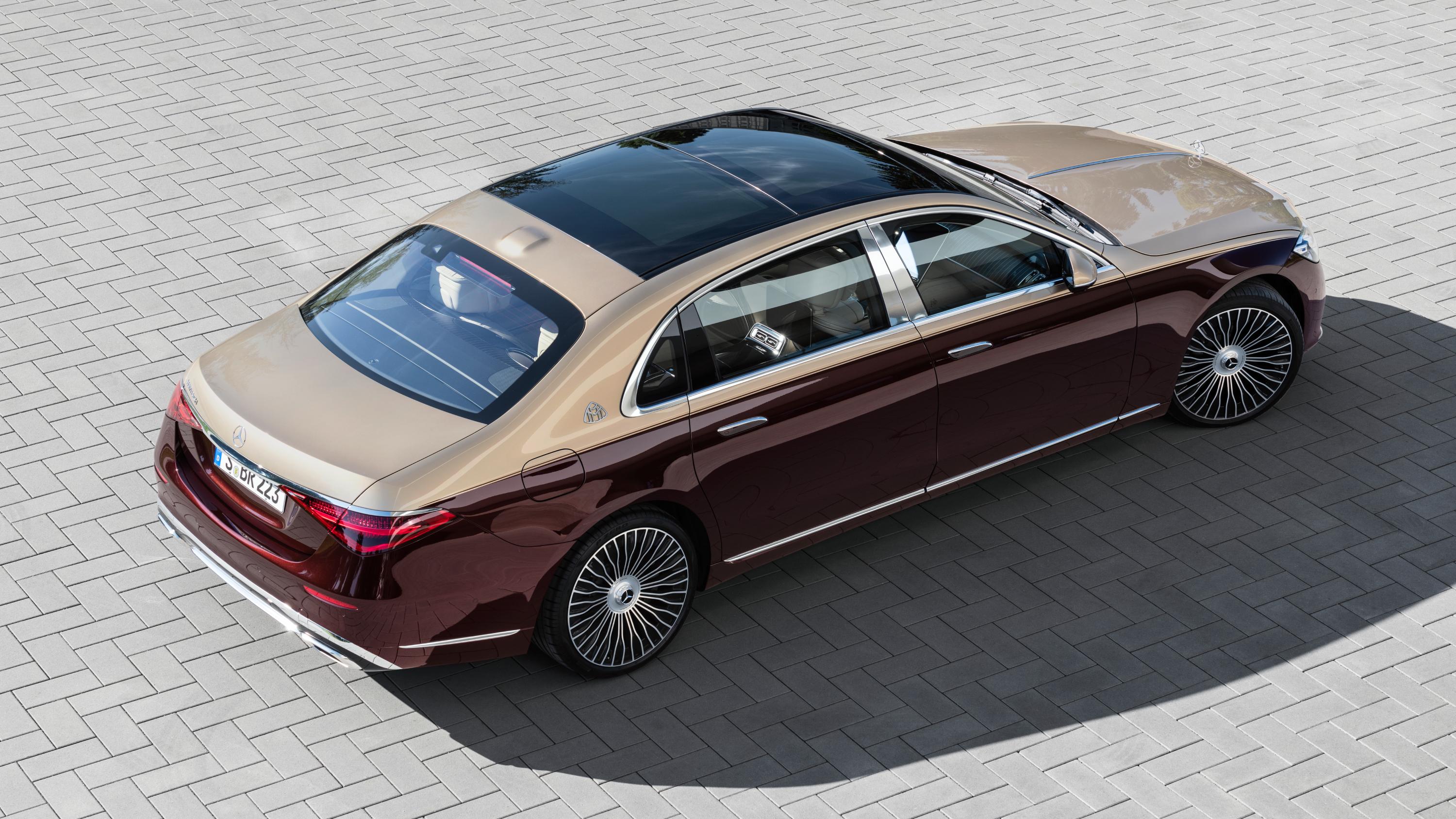
Given there was nothing inherently wrong with the S-Class in the first place, how has the company managed to make it even more OTT?
The answer lies in Maybach’s focus on the details. The Maybach name is largely associated with engines, and not in a good way – the company’s diesels powered the majority of German tanks in the Second World War – although it also built a few overbearing limos in the pre-war years.
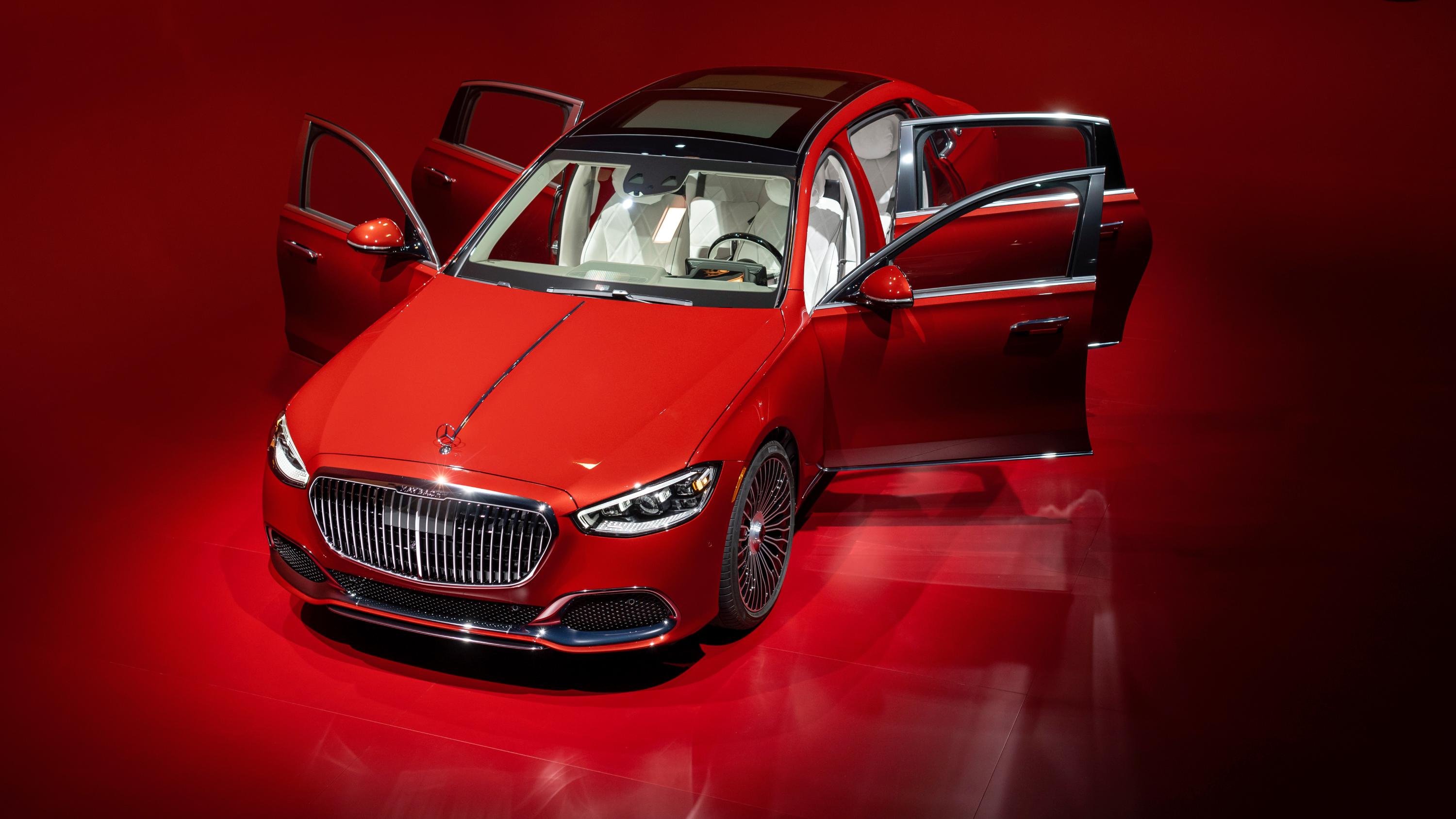
Acquired by Mercedes in 1960, the name underwent an underwhelming revival in 1997, when despite a completely bespoke design for the 57 and 62 saloons (5.7m and 6.2m long respectively), they were deemed not quite special enough to challenge the incumbents from Bentley and Rolls-Royce.
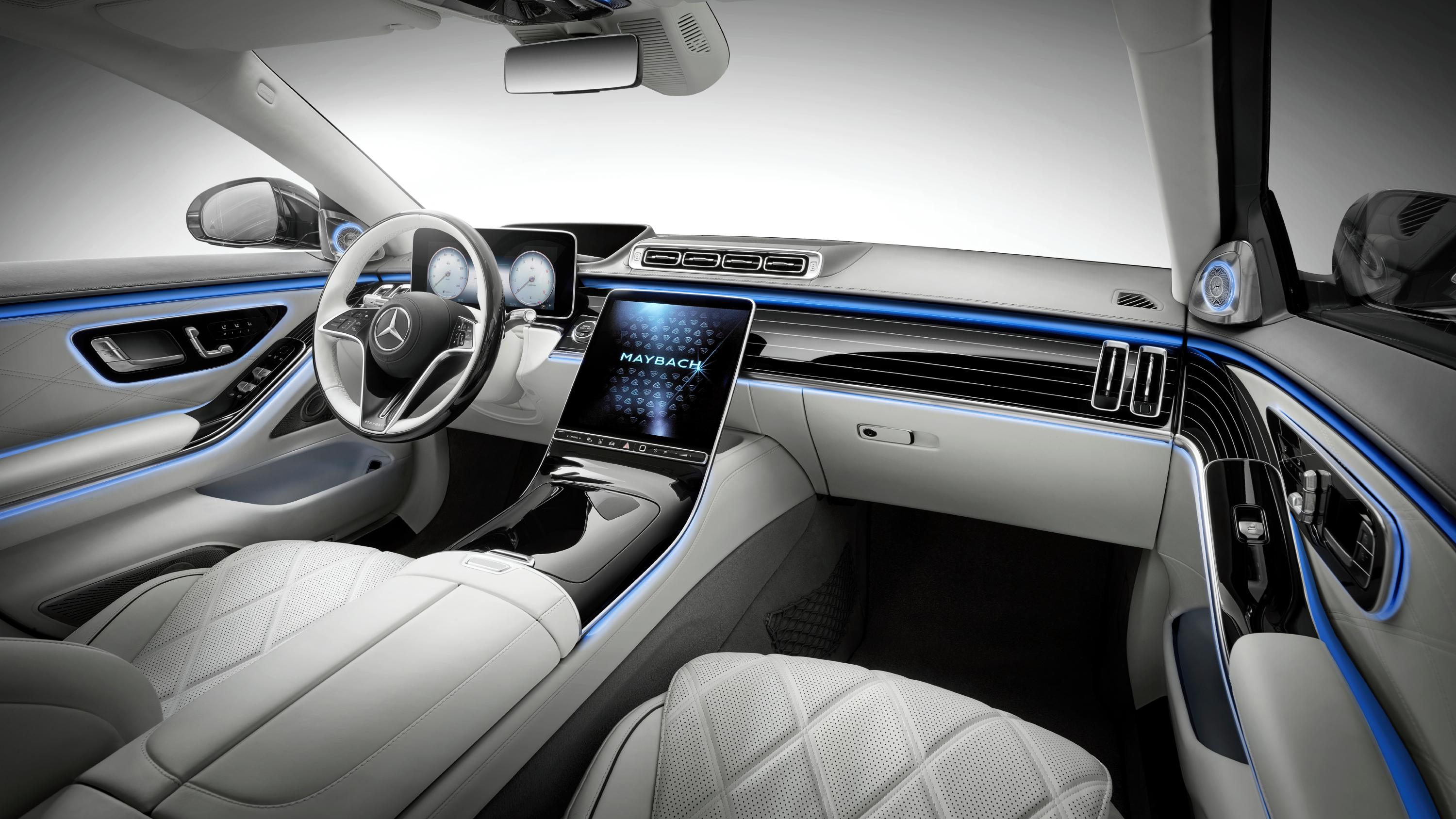
That iteration ended in 2013 and Maybach returned as a luxury designation in 2015, this time as a prestige badge attached to the Mercedes name.
Wallpaper* Newsletter
Receive our daily digest of inspiration, escapism and design stories from around the world direct to your inbox.
Rather than stick with a single model, there are Maybach versions of both the S-Class and GLS SUV, with a Maybach-ified version of the EQS SUV also in the works (previewed by a concept last year).
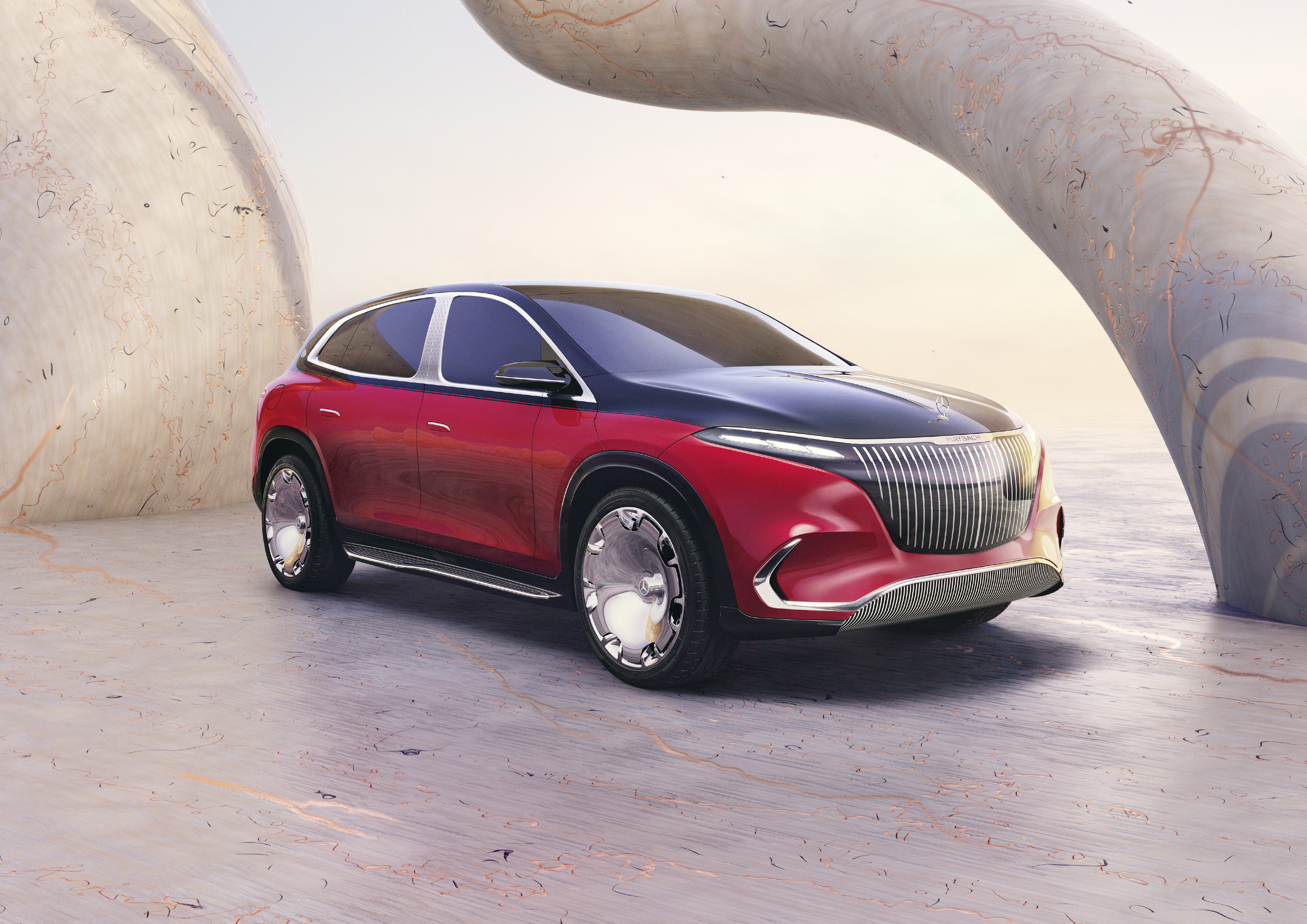
The Mercedes-Maybach Concept EQS
If that’s not all, Maybach also represented the German manufacturer’s most avant-garde tendencies when it paired with the late Virgil Abloh for the mighty Project Maybach concept, shortly before the designer’s death in 2021.
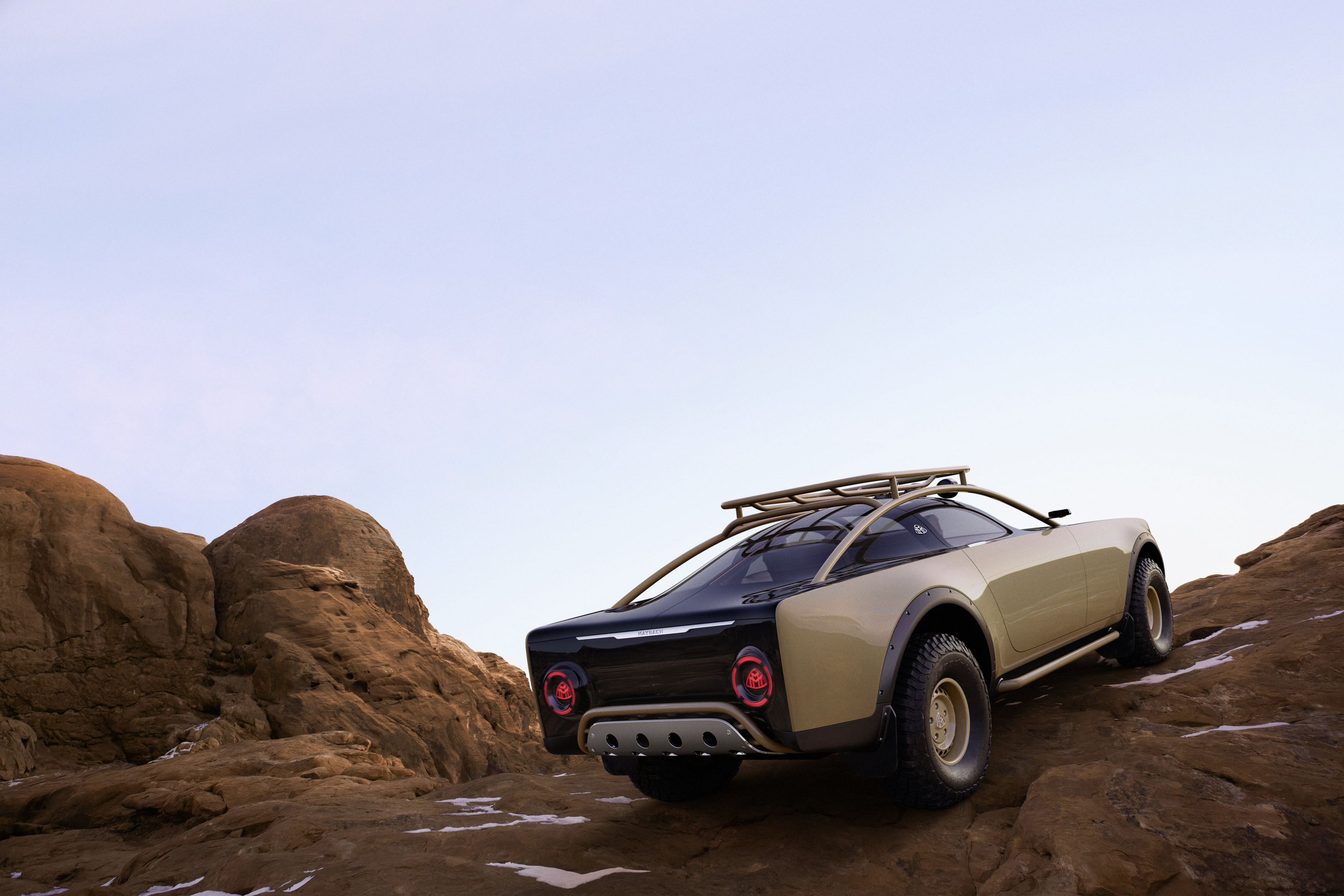
Project Maybach by Virgil Abloh, 2021
Mercedes-Maybach S580: a superlative way to be driven
In this company, the Mercedes-Maybach S580 could be forgiven for feeling a little lowly, given that it’s the ‘entry-level’ size and spec to a whole world of customisation and excess.
However, your benchmarks would have to be very wayward if you felt in the least bit hard done by.
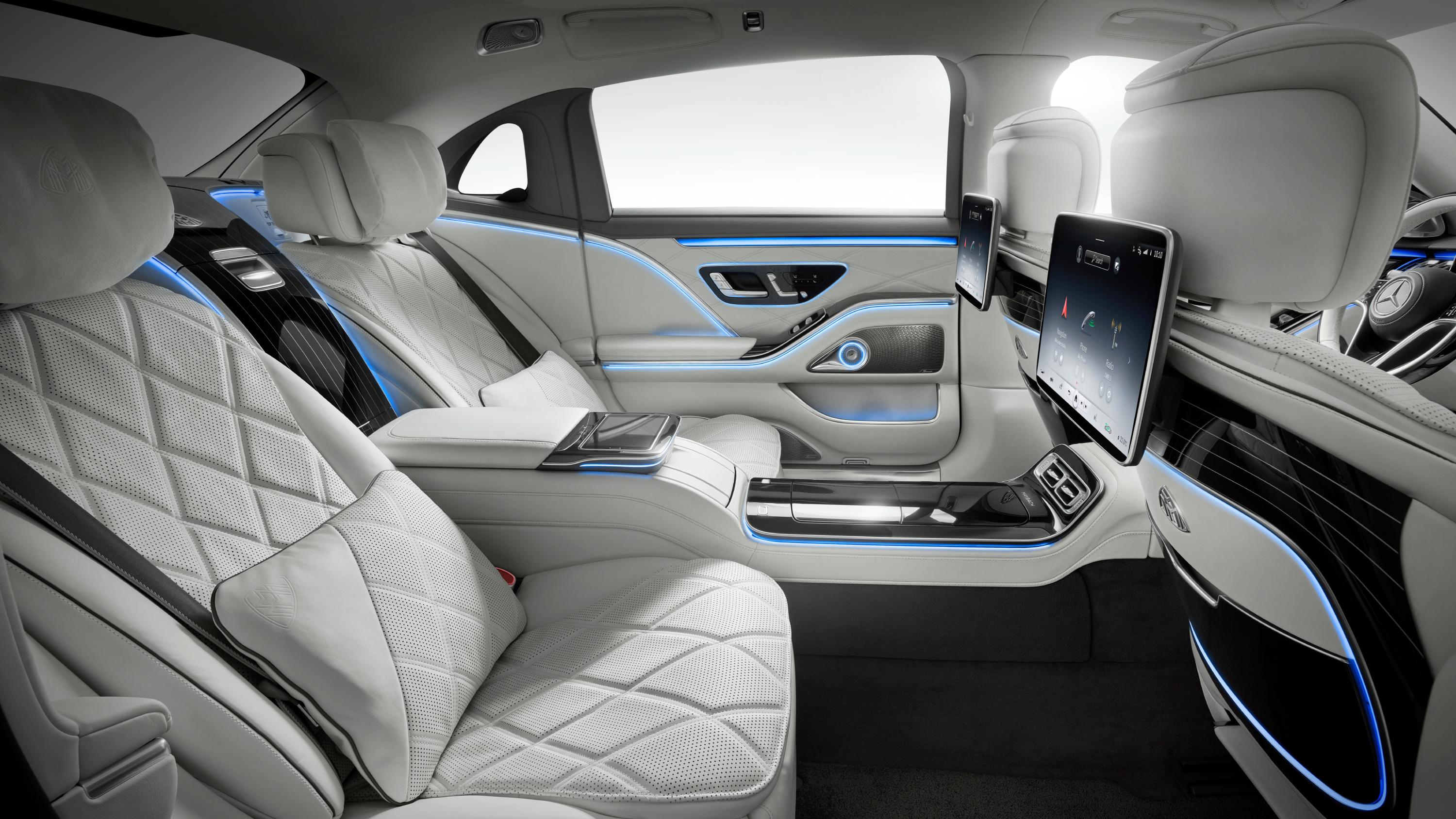
The S580 takes the essence of S-Class and adds another layer. From the pillowy soft headrests to the multi-stage ambient lighting, to the deeply complex entertainment system (there are screens everywhere), to the sheer volume of space, the Maybach is a quite superlative way to be driven. A champagne fridge, Burmester sound system, first class-cabin style seats; all are dialled up to the extreme.
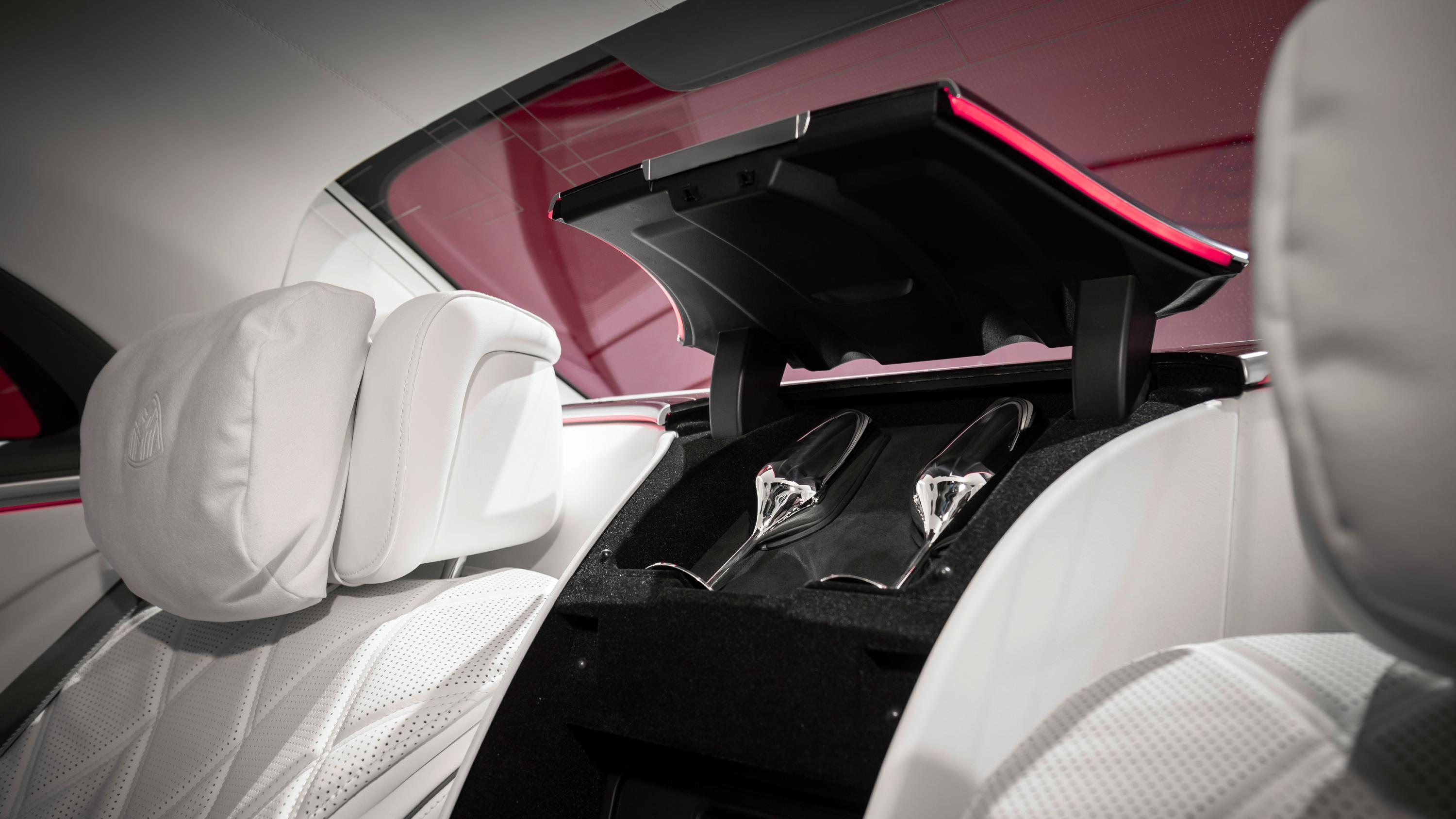
For back-seat passengers, there are buttons for every conceivable eventuality. The in-seat massage programmes – front and rear – knead and squeeze like a professional, while there’s also a set of spa-like wellness programmes that transforms the interior with sound, light, visuals and even scent to refresh and revitalise.
In short, the Maybach has everything the chakra-conscious plutocrat could possibly conceive of.
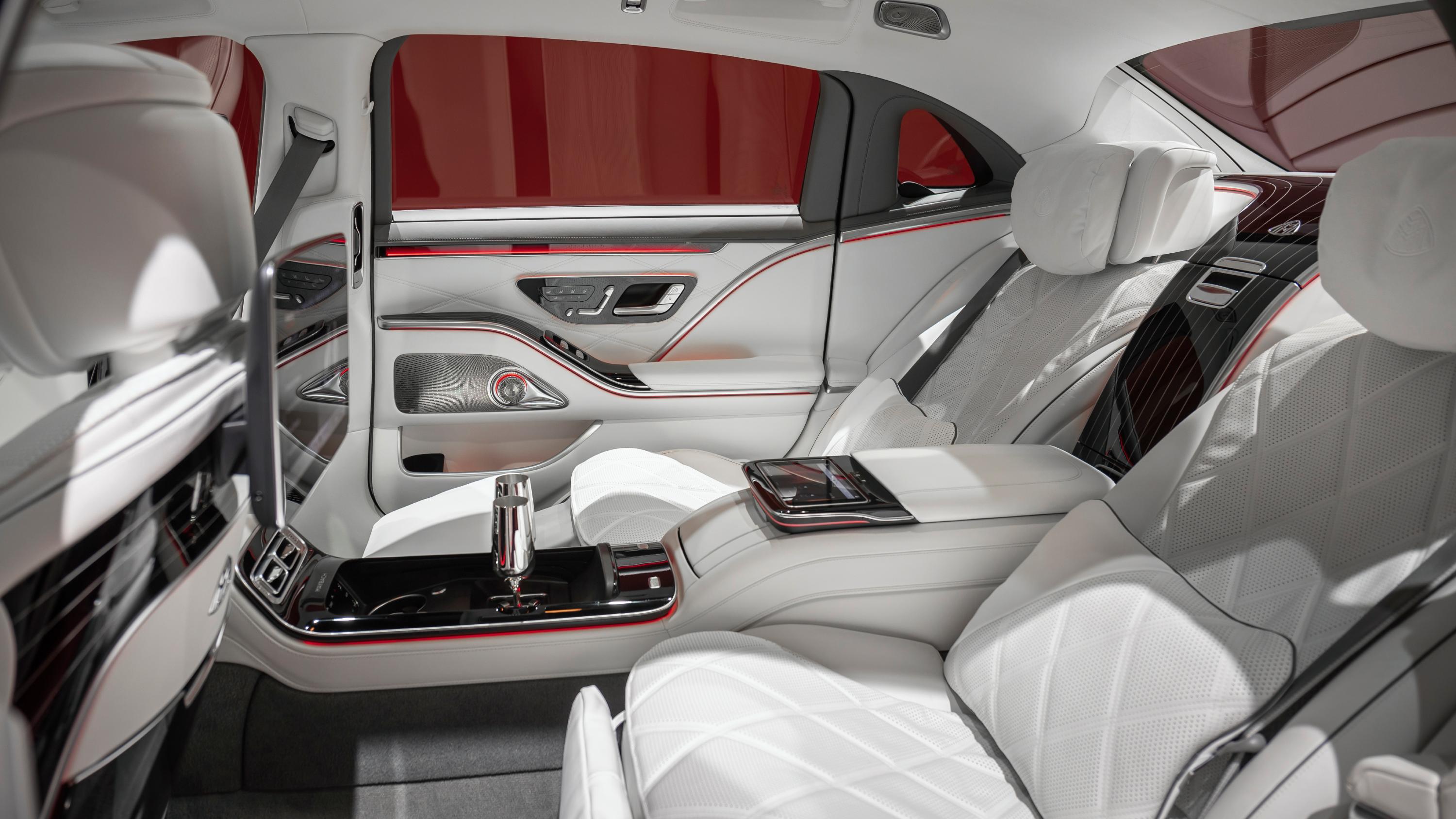
If there’s a downside, it’s that Mercedes’ vision of ultimate luxury is not especially adventurous – Abloh’s avant-garde sensibility is notably absent.
It’s a very chrome-y, rose gold-y kind of luxury, the type you might find in an Aman or a Four Seasons, or in a very high-end and lengthy yacht. Meticulous, immaculate, but also a little tiny bit soulless.
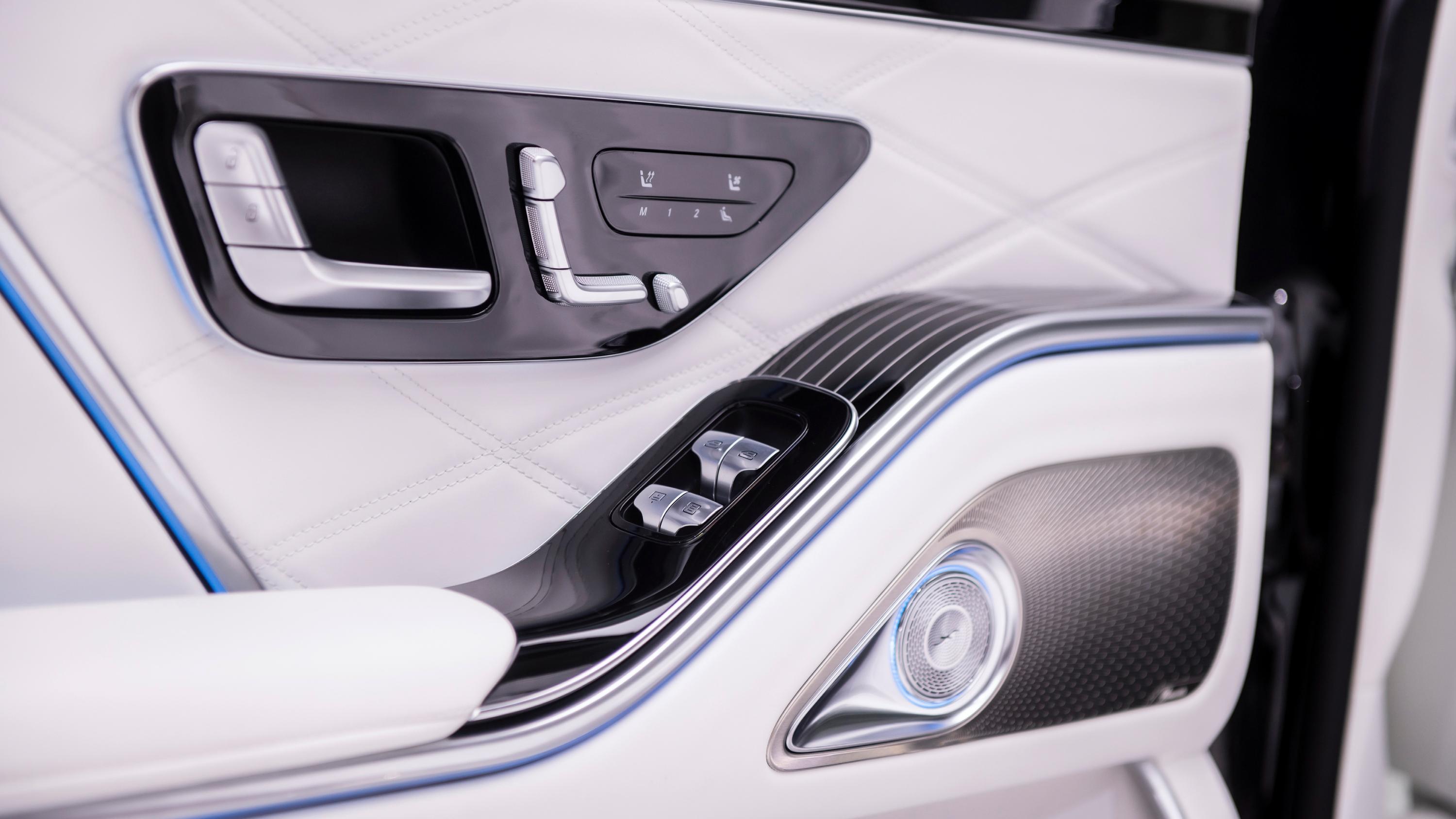
The S680 model adds another dimension of performance, with the inclusion of Mercedes’ V12 engine instead of its V8, although both have four-wheel drive.
Don’t pity the chauffeur too much, as neither variant is in any way lacking in power, plus there’s four-wheel steering to help the 5.4m-long machine navigate winding urban roads.
Front and back passengers benefit from a level of hush and ride refinement that’s amongst the best in the business. Like Rolls-Royce, there’s little indication the engine even exists, although the Mercedes offer a ‘Sport’ mode for slightly edgier ride.
If you’re not driving, you’ll probably request that ‘Maybach’ mode is left permanently on – it forces the suspension to focus on the wellbeing and comfort of the rear passengers above all else.
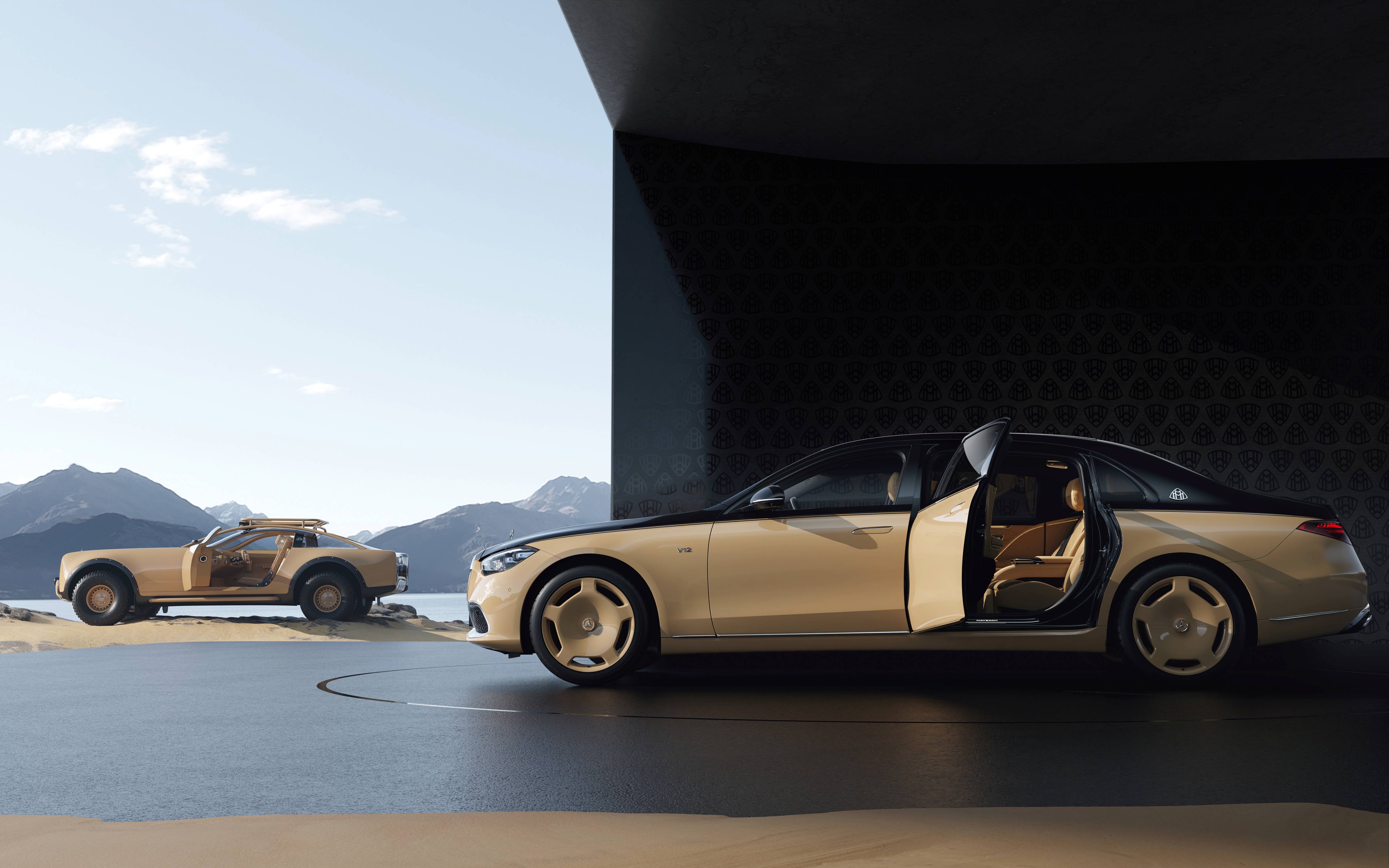
Virgil Abloh also lent his name to a limited edition of the Mercedes-Maybach S680
The S-Class traditionally pioneers a boatload of automotive tech, but given the ‘standard’ car pre-dated the Maybach model, there are no astounding demonstrations of futurology on display.
You get Mercedes’ excellent MBUX console, along with a head-up display that includes augmented navigation arrows – neatly overlaid on the road and junctions ahead.
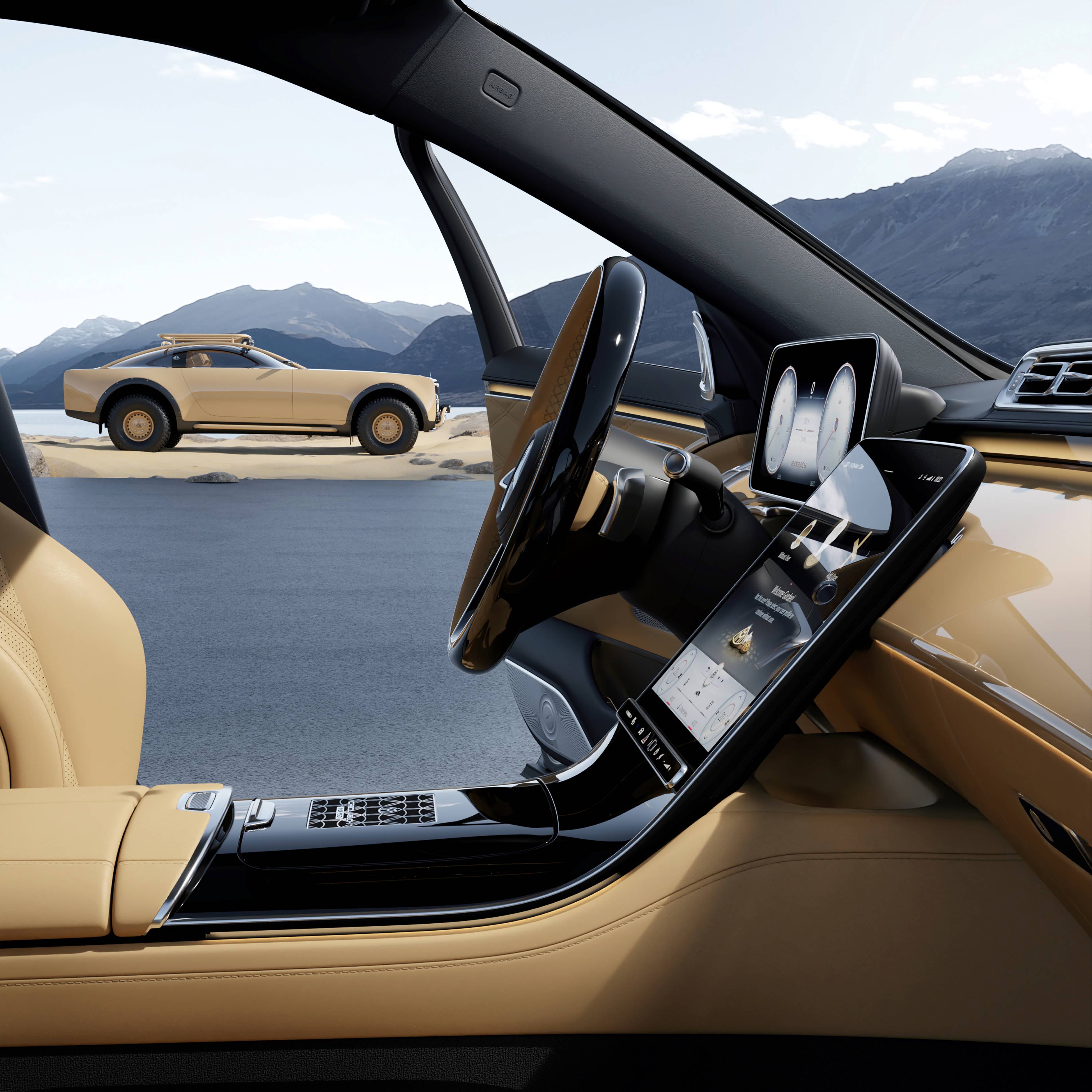
Mercedes-Maybach S-Class S680 by Abloh, alongside Project Maybach
Again, these are mere bagatelles for the average Maybach owner, who will have little need for the everyday accoutrements of driving. If you have the means, and until such cars are capable of doing away with chauffeurs altogether, the Mercedes-Maybach is the ultimate means of autonomous travel.
Mercedes-Maybach, from £172,960 for the S580 4MATIC
Jonathan Bell has written for Wallpaper* magazine since 1999, covering everything from architecture and transport design to books, tech and graphic design. He is now the magazine’s Transport and Technology Editor. Jonathan has written and edited 15 books, including Concept Car Design, 21st Century House, and The New Modern House. He is also the host of Wallpaper’s first podcast.
-
 Meet Lisbeth Sachs, the lesser known Swiss modernist architect
Meet Lisbeth Sachs, the lesser known Swiss modernist architectPioneering Lisbeth Sachs is the Swiss architect behind the inspiration for creative collective Annexe’s reimagining of the Swiss pavilion for the Venice Architecture Biennale 2025
By Adam Štěch
-
 A stripped-back elegance defines these timeless watch designs
A stripped-back elegance defines these timeless watch designsWatches from Cartier, Van Cleef & Arpels, Rolex and more speak to universal design codes
By Hannah Silver
-
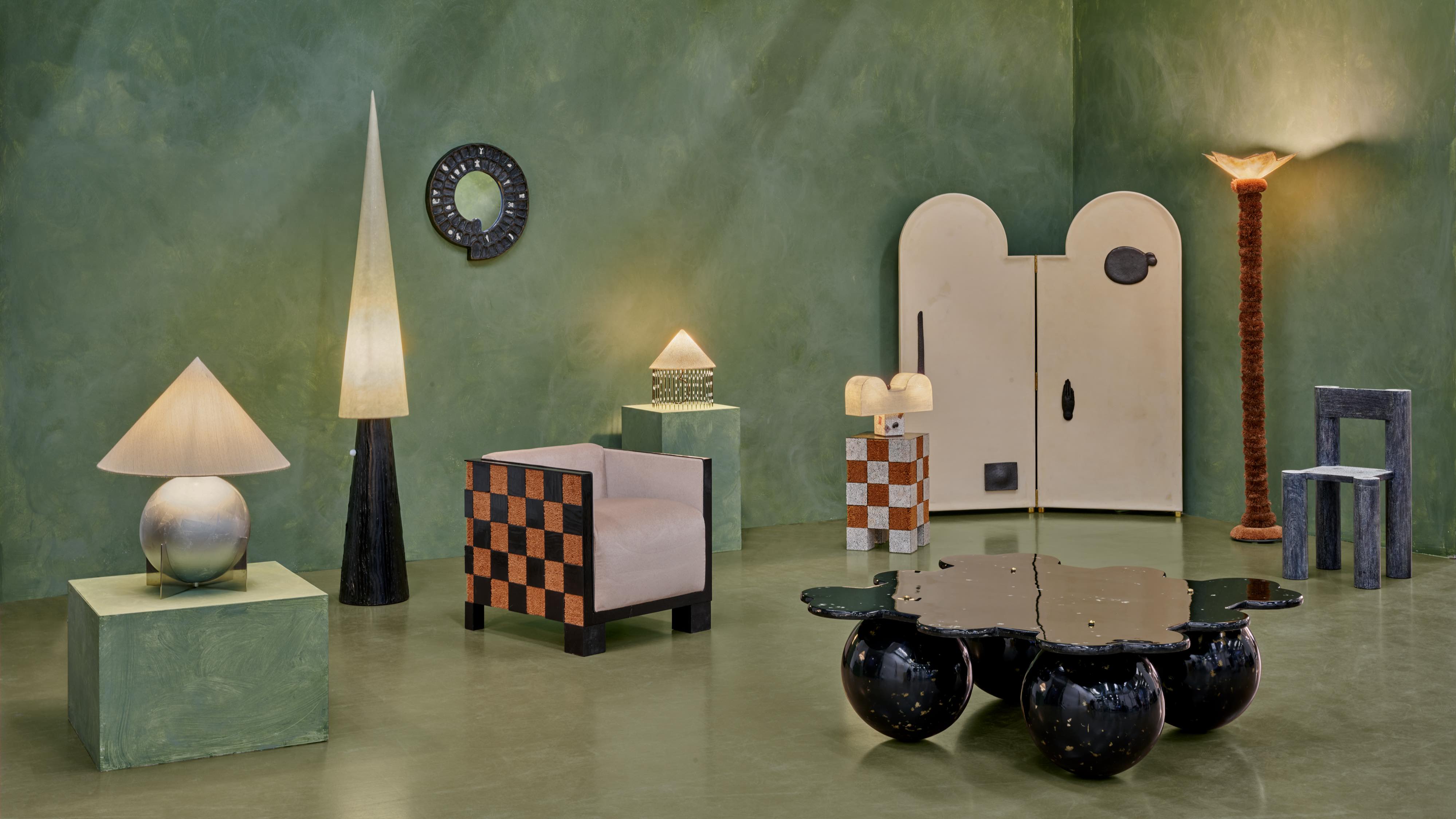 Postcard from Brussels: a maverick design scene has taken root in the Belgian capital
Postcard from Brussels: a maverick design scene has taken root in the Belgian capitalBrussels has emerged as one of the best places for creatives to live, operate and even sell. Wallpaper* paid a visit during the annual Collectible fair to see how it's coming into its own
By Adrian Madlener